Home>Furniture & Design>Bathroom Accessories>When To Plant Loofah In Texas
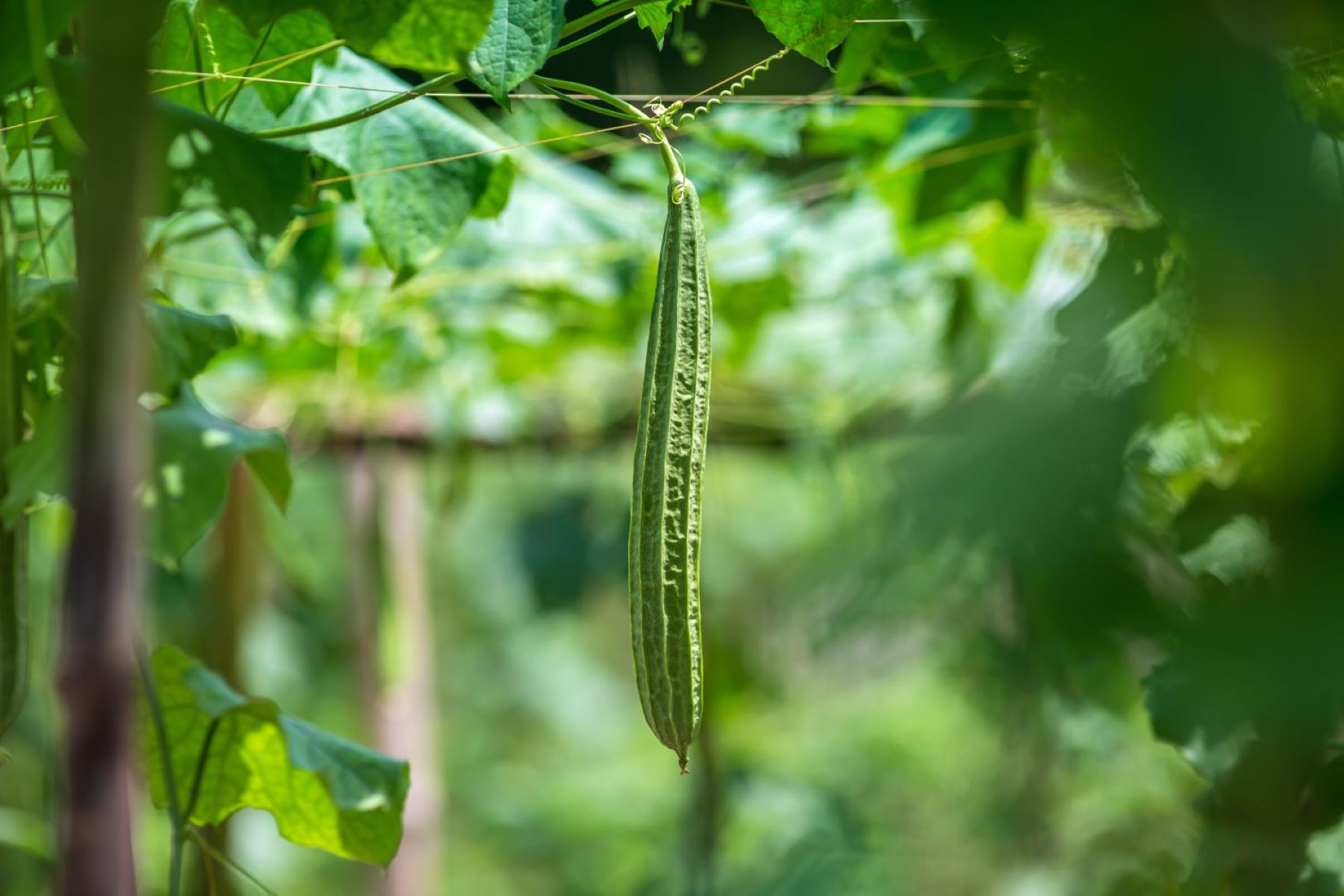

Bathroom Accessories
When To Plant Loofah In Texas
Modified: February 18, 2024
Discover the best time to plant loofah in Texas and elevate your bathroom accessories with this comprehensive guide. Find expert tips and advice for a successful planting season.
(Many of the links in this article redirect to a specific reviewed product. Your purchase of these products through affiliate links helps to generate commission for Storables.com, at no extra cost. Learn more)
Best Time to Plant Loofah in Texas
The Lone Star State's diverse climate and varying temperature zones make it essential to carefully consider the best time to plant loofah in Texas. Loofah, also known as luffa, thrives in warm weather and requires a long growing season to produce healthy, mature gourds. In Texas, the optimal time to plant loofah is during the late spring or early summer, typically between late April and early June.
During this period, the soil temperature in Texas rises to a level that is conducive to the germination and growth of loofah seeds. It's important to wait until the threat of frost has passed and the soil has warmed to at least 70°F (21°C) before planting loofah seeds or seedlings. This ensures that the young plants will not be stunted or damaged by cold temperatures, allowing them to establish strong root systems and thrive in the warm Texas climate.
By planting loofah in late spring or early summer, gardeners in Texas can take advantage of the long, hot growing season, which is ideal for the vigorous growth and development of loofah vines. The extended period of warm weather provides ample time for the plants to produce an abundance of large, fibrous gourds that are perfect for harvesting in the fall.
In summary, the best time to plant loofah in Texas is during the late spring or early summer, after the last frost has passed and the soil has warmed to at least 70°F (21°C). This timing allows the loofah plants to capitalize on the long, hot growing season, leading to a bountiful harvest of high-quality loofah gourds in the fall.
Key Takeaways:
- Plant loofah in Texas in late spring or early summer after the last frost. This timing takes advantage of the long, hot growing season, leading to a bountiful harvest of high-quality loofah gourds in the fall.
- Choose a sunny, well-draining location with sturdy support for loofah plants in Texas. Carefully prepare the soil, plant seeds or seedlings, and provide attentive care for a successful harvest.
Read more: When To Plant Grass Seed In Texas
Choosing the Right Location for Planting
Selecting the optimal location for planting loofah in Texas is crucial for ensuring the successful growth and development of these versatile plants. When choosing a site for loofah cultivation, several key factors should be taken into consideration to provide the best possible growing conditions.
Sunlight Exposure: Loofah plants thrive in full sunlight, so it is essential to choose a location that receives at least 6 to 8 hours of direct sunlight each day. In Texas, this may mean selecting a spot in the garden that is unobstructed by tall trees or structures, allowing the plants to bask in the abundant sunshine.
Soil Quality: The soil in the chosen location should be well-draining and rich in organic matter. Loofah plants prefer slightly acidic to neutral soil with a pH range of 6.0 to 7.5. Conducting a soil test can provide valuable insights into the soil's composition, allowing for any necessary amendments to be made before planting.
Space and Support: Loofah vines are vigorous climbers and require ample space to spread out and grow. Additionally, they benefit from sturdy support structures such as trellises or fences to climb and sprawl upon. When selecting a planting location, consider the availability of vertical support and ensure that there is adequate space for the vines to flourish without overcrowding.
Climate Considerations: Texas's diverse climate necessitates careful consideration of local weather patterns. While loofah plants thrive in warm temperatures, they are sensitive to cold and frost. Therefore, it is important to choose a location that is sheltered from strong winds and late-season cold snaps, especially in regions where the climate can be unpredictable.
By carefully evaluating these factors and selecting a location that meets the specific needs of loofah plants, Texas gardeners can create an optimal environment for successful loofah cultivation. Choosing the right location for planting sets the stage for healthy growth, robust vine development, and ultimately, a plentiful harvest of high-quality loofah gourds.
Preparing the Soil for Loofah Planting
Preparing the soil for loofah planting in Texas is a critical step that sets the stage for the successful growth and development of these versatile plants. The quality of the soil directly impacts the overall health and productivity of loofah vines, making it essential to ensure that the soil is well-prepared before planting.
Soil Testing
Before embarking on the soil preparation process, conducting a soil test can provide valuable insights into the soil's composition and nutrient levels. Soil testing kits are readily available at garden centers and agricultural extension offices, allowing gardeners to assess the pH level, nutrient content, and overall fertility of the soil. Based on the test results, necessary amendments can be made to optimize the soil for loofah cultivation.
Soil Amendment
Loofah plants thrive in well-draining soil that is rich in organic matter. To improve soil structure and fertility, organic amendments such as compost, well-rotted manure, or aged organic matter can be incorporated into the soil. These organic materials enhance the soil's ability to retain moisture, promote beneficial microbial activity, and provide essential nutrients for the growing loofah plants.
Read more: When To Plant Fall Garden In Texas
pH Adjustment
The pH of the soil plays a crucial role in the availability of nutrients to loofah plants. While loofah tolerates a wide pH range, aiming for a slightly acidic to neutral soil with a pH level between 6.0 and 7.5 is ideal. If the soil test indicates a need for pH adjustment, gardeners can use organic amendments or specific soil additives to raise or lower the pH as necessary, creating an optimal growing environment for loofah.
Soil Tilling and Preparation
Once the necessary amendments have been added, the soil should be tilled to incorporate the organic matter and distribute nutrients evenly. Tilling also helps to break up compacted soil, improve aeration, and create a loose, friable texture that is conducive to root development. Careful soil preparation sets the stage for healthy root growth and ensures that the loofah plants can access the essential nutrients they need to thrive.
Mulching
Applying a layer of organic mulch around the planting area helps to conserve soil moisture, suppress weed growth, and regulate soil temperature. Organic mulches such as straw, shredded leaves, or bark mulch provide numerous benefits, including reducing water evaporation, preventing soil erosion, and enhancing overall soil health. Mulching also contributes to the gradual enrichment of the soil as the organic material decomposes over time.
By meticulously preparing the soil for loofah planting in Texas, gardeners can create an optimal growing environment that promotes the vigorous growth and development of loofah vines. Through soil testing, organic amendments, pH adjustment, thorough tilling, and strategic mulching, the stage is set for the successful cultivation of healthy, productive loofah plants in the Lone Star State.
Planting Loofah Seeds or Seedlings
Planting loofah seeds or seedlings marks the exciting beginning of the journey toward cultivating vibrant loofah vines in Texas. Whether starting from seeds or transplanting seedlings, the process requires careful attention to ensure the successful establishment and growth of loofah plants.
Read more: When To Plant Ground Cover In Texas
Starting from Seeds
When planting loofah seeds directly in the garden, it is essential to wait until all danger of frost has passed and the soil has warmed to at least 70°F (21°C). Loofah seeds should be sown at a depth of 1 inch in well-prepared soil, with a spacing of 12 to 18 inches between each seed. This allows ample room for the vigorous vines to spread and thrive.
Transplanting Seedlings
For gardeners who opt to start with loofah seedlings, it is crucial to select healthy, robust plants from a reputable nursery or start seedlings indoors approximately 3 to 4 weeks before the last expected frost date. When transplanting seedlings into the garden, they should be carefully removed from their containers and planted at the same depth as they were growing in their pots. Adequate spacing between seedlings is essential to allow for unrestricted growth and development.
Watering and Care
After planting loofah seeds or seedlings, thorough watering is necessary to ensure that the soil is evenly moist but not waterlogged. Consistent moisture is crucial for the germination of seeds and the establishment of young seedlings. As the plants grow, regular watering should be maintained, especially during dry periods, to support healthy vine growth and fruit development.
Providing Support
Loofah plants are vigorous climbers and require sturdy support structures to climb and sprawl upon. As the vines grow, it is essential to provide them with a trellis, fence, or other suitable support to prevent the fruit from resting on the ground and to promote proper air circulation around the plants.
Read more: How To Plant Loofah Seeds
Fostering Growth
To encourage robust growth, applying a balanced fertilizer or organic compost around the base of the plants can provide essential nutrients for healthy vine development and fruit production. Additionally, regular monitoring for pests and diseases is crucial to address any issues promptly and ensure the continued vitality of the loofah plants.
By carefully planting loofah seeds or seedlings and providing attentive care, Texas gardeners can set the stage for the successful growth and development of these remarkable plants. With the right approach and nurturing, loofah vines can thrive, producing an abundant harvest of fibrous gourds that are perfect for a wide range of practical and decorative uses.
Caring for Loofah Plants in Texas
Caring for loofah plants in Texas involves a combination of attentive maintenance, regular monitoring, and strategic interventions to support the vigorous growth and development of these versatile vines. As the plants progress through their growing season, several key aspects of care should be prioritized to ensure optimal health and productivity.
Watering and Moisture Management
In the warm Texas climate, consistent moisture is essential for the well-being of loofah plants. Adequate watering, particularly during dry periods, is crucial to support healthy vine growth and fruit development. However, it is important to strike a balance, as loofah plants do not thrive in waterlogged soil. Regular monitoring of soil moisture levels and adjusting the watering frequency accordingly helps prevent issues such as root rot and ensures that the plants receive the moisture they need to flourish.
Nutrient Support and Fertilization
Providing essential nutrients is vital for the robust growth of loofah vines. Applying a balanced fertilizer or organic compost around the base of the plants can supply the necessary nutrients to support healthy vine development and fruit production. Regular fertilization, following the manufacturer's recommendations, helps maintain soil fertility and provides the loofah plants with the resources they require to thrive in the nutrient-rich Texas soil.
Read more: When To Plant Native Grasses In Texas
Pest and Disease Management
Vigilant monitoring for pests and diseases is crucial to safeguard the well-being of loofah plants. Common pests such as aphids, spider mites, and cucumber beetles can pose a threat to the plants, potentially impacting their growth and fruiting. Employing natural pest control methods, such as handpicking pests or using insecticidal soaps, can help manage infestations effectively. Additionally, proactive disease management practices, including proper air circulation and avoiding overhead watering, contribute to maintaining the plants' vitality.
Pruning and Training
Pruning and training loofah vines play a significant role in optimizing their growth and productivity. Regularly removing any damaged or diseased foliage helps maintain plant health and prevents the spread of diseases. Furthermore, training the vines to climb and sprawl along sturdy support structures, such as trellises or fences, promotes efficient space utilization and facilitates the development of healthy, well-supported fruit.
Harvesting and Maintenance
As the loofah gourds mature, regular monitoring of their growth is essential to determine the optimal time for harvesting. Harvesting the gourds at the right stage ensures that they are of high quality and suitable for various practical and decorative uses. Additionally, maintaining a clean and tidy growing environment by removing spent foliage and debris contributes to overall plant health and reduces the risk of pest and disease issues.
By prioritizing these aspects of care, Texas gardeners can nurture thriving loofah plants that yield an abundant harvest of high-quality gourds. Through attentive maintenance, strategic interventions, and a deep understanding of the plants' needs, the journey of caring for loofah plants in Texas becomes a rewarding and fulfilling endeavor.
Harvesting Loofah in Texas
Harvesting loofah in Texas is a rewarding culmination of the efforts invested in nurturing these remarkable plants throughout the growing season. As the loofah gourds reach maturity, it is essential to employ the right techniques to ensure a successful harvest of high-quality, fibrous sponges that can be utilized for a myriad of practical and decorative purposes.
Read more: When To Plant Rye Grass In Texas
Determining Maturity
The first step in harvesting loofah involves assessing the maturity of the gourds. Mature loofah gourds typically reach a length of 6 to 8 inches and begin to turn from green to a yellowish-brown hue. The skin of the gourds becomes dry and starts to feel lightweight, indicating that the fibrous interior has developed fully. By gently pressing the gourds, a hollow sound can be heard, further confirming their readiness for harvest.
Harvesting Techniques
To harvest mature loofah gourds, a sharp pair of pruning shears or a knife can be used to carefully cut the gourds from the vine, leaving a short stem attached. It is important to handle the gourds gently to avoid damaging the fibrous interior. Once harvested, the gourds should be cleaned to remove any remaining plant debris and then left to dry in a warm, well-ventilated area for several weeks. During this drying period, the outer skin will gradually peel away, revealing the valuable loofah sponge inside.
Post-Harvest Processing
After the gourds have dried completely, the remaining outer skin can be peeled or scrubbed away to reveal the fibrous network of the loofah sponge. The sponges can then be rinsed thoroughly to remove any remaining debris and dried once again before being stored for use. The harvested loofah sponges are versatile and can be utilized for exfoliation, dishwashing, household cleaning, and various craft projects, making them a valuable and sustainable addition to the home.
Continuous Harvesting
In Texas, the warm climate often allows for a prolonged growing season, enabling continuous harvesting of loofah gourds well into the fall. Regularly monitoring the plants and harvesting mature gourds in a timely manner ensures a steady supply of high-quality sponges for personal use or sharing with others.
Harvesting loofah in Texas is a gratifying experience that yields a valuable and sustainable resource. By employing proper harvesting techniques and post-harvest processing, Texas gardeners can enjoy an abundant supply of versatile loofah sponges that embody the rewards of dedicated cultivation and care.
Frequently Asked Questions about When To Plant Loofah In Texas
Was this page helpful?
At Storables.com, we guarantee accurate and reliable information. Our content, validated by Expert Board Contributors, is crafted following stringent Editorial Policies. We're committed to providing you with well-researched, expert-backed insights for all your informational needs.
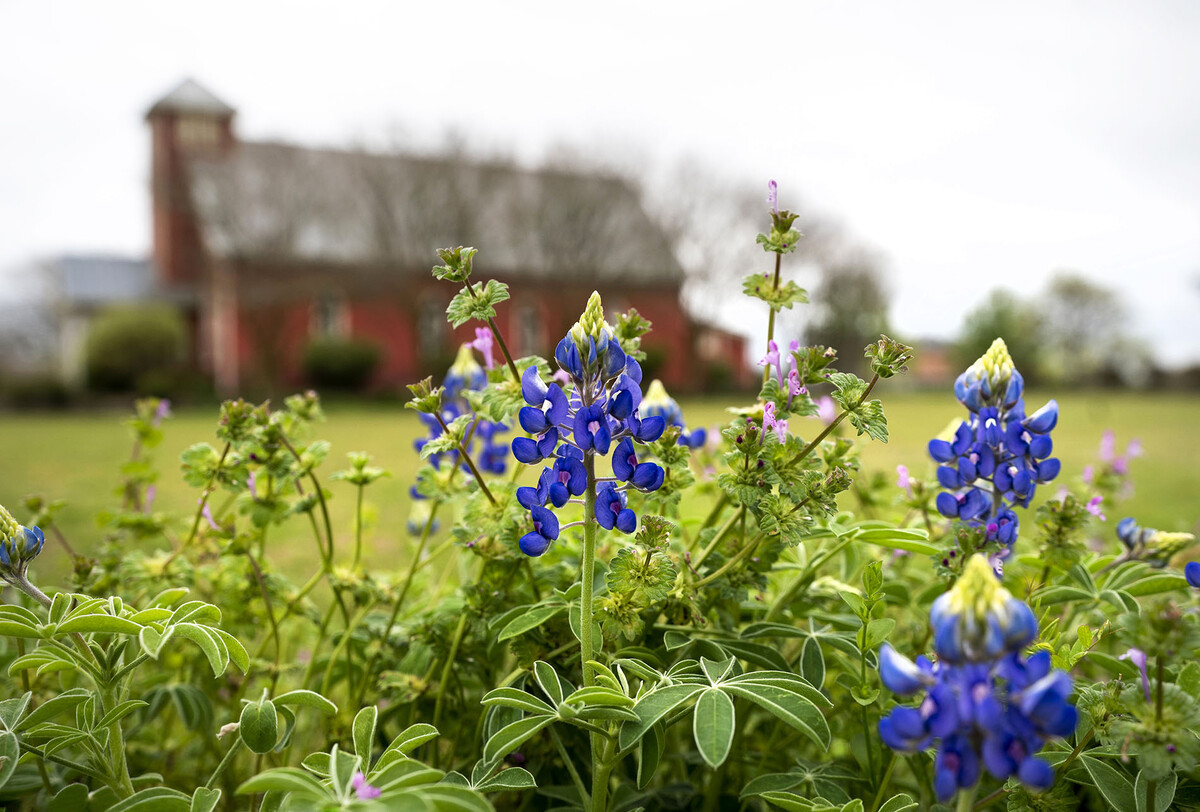
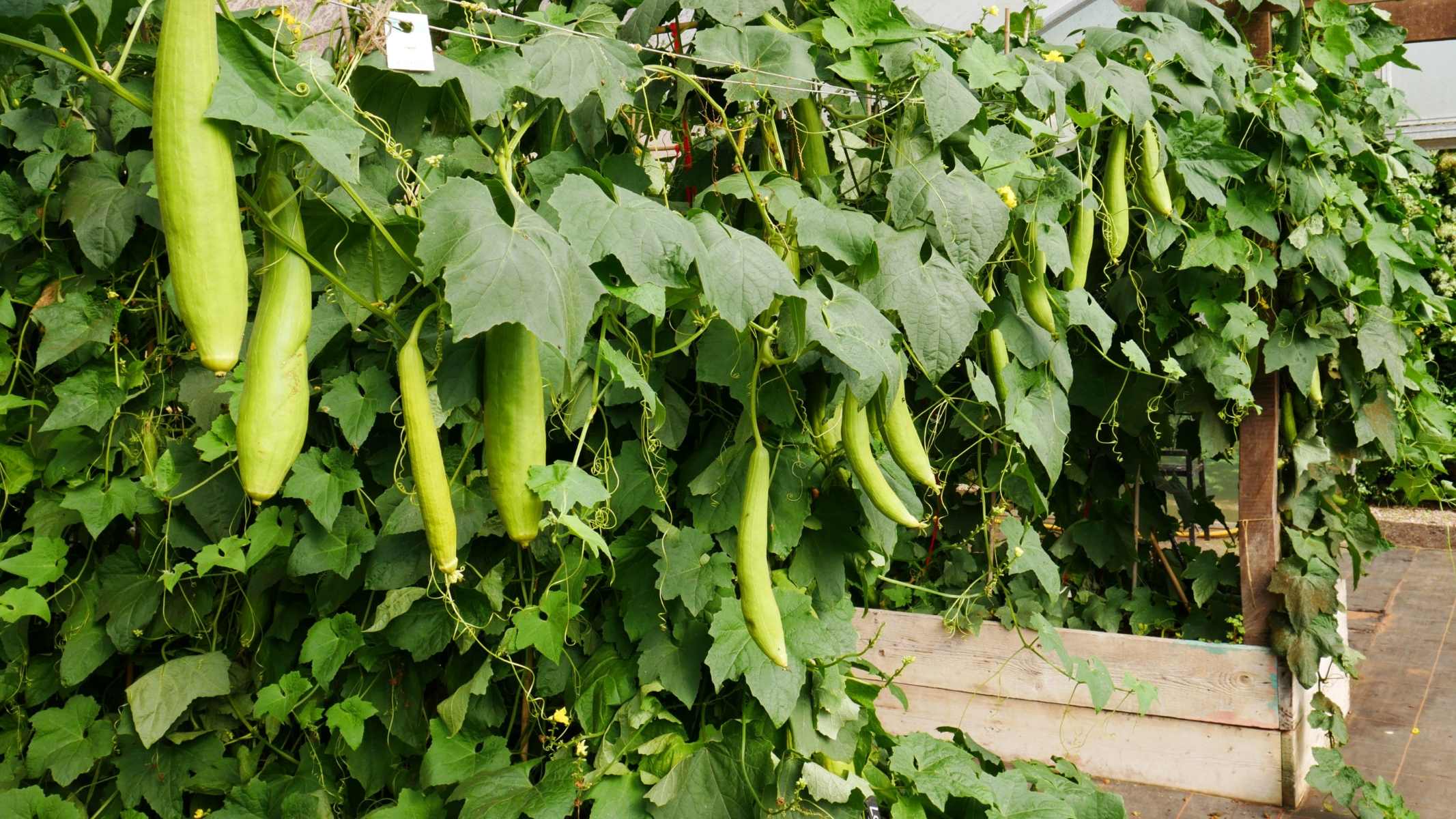
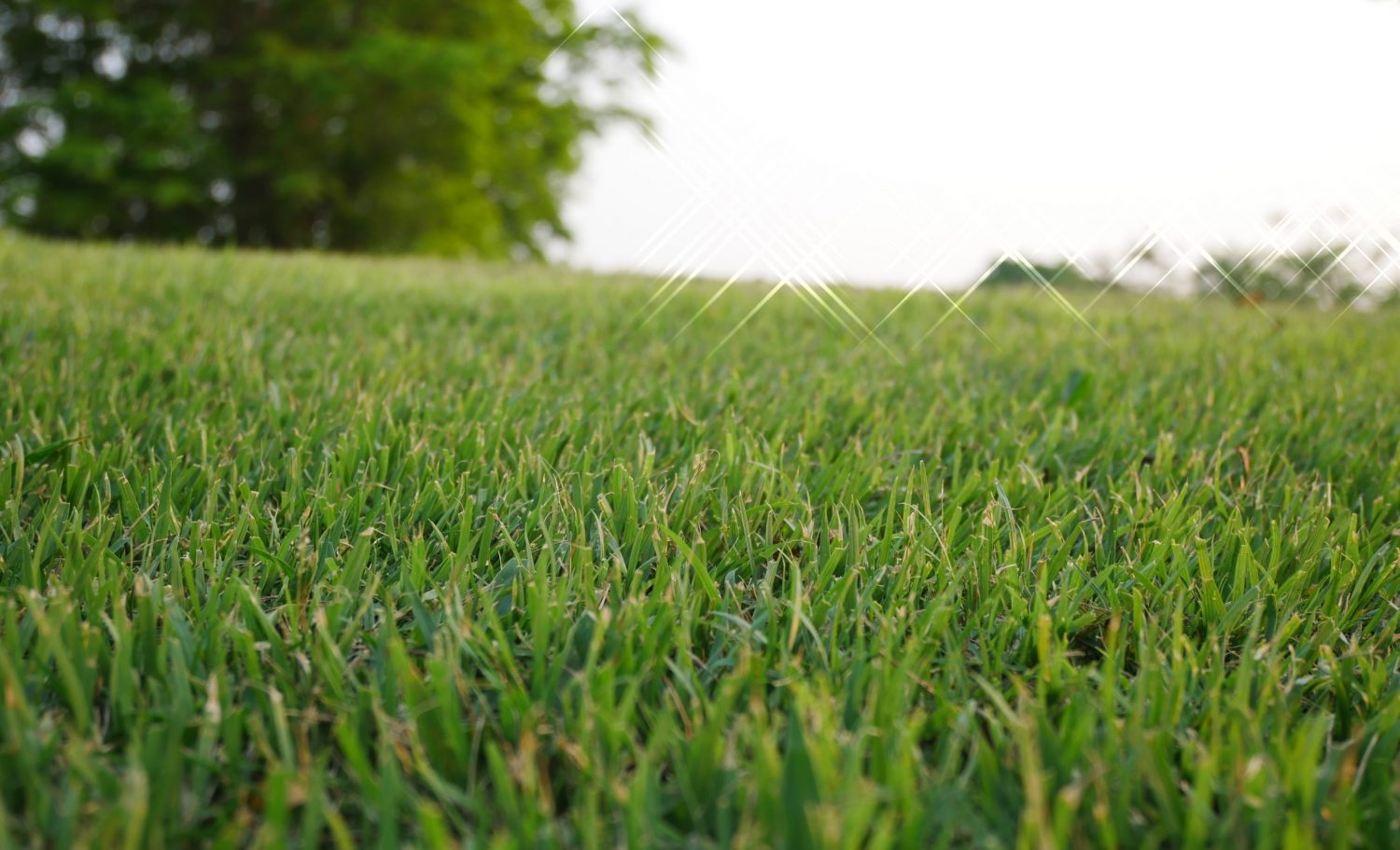
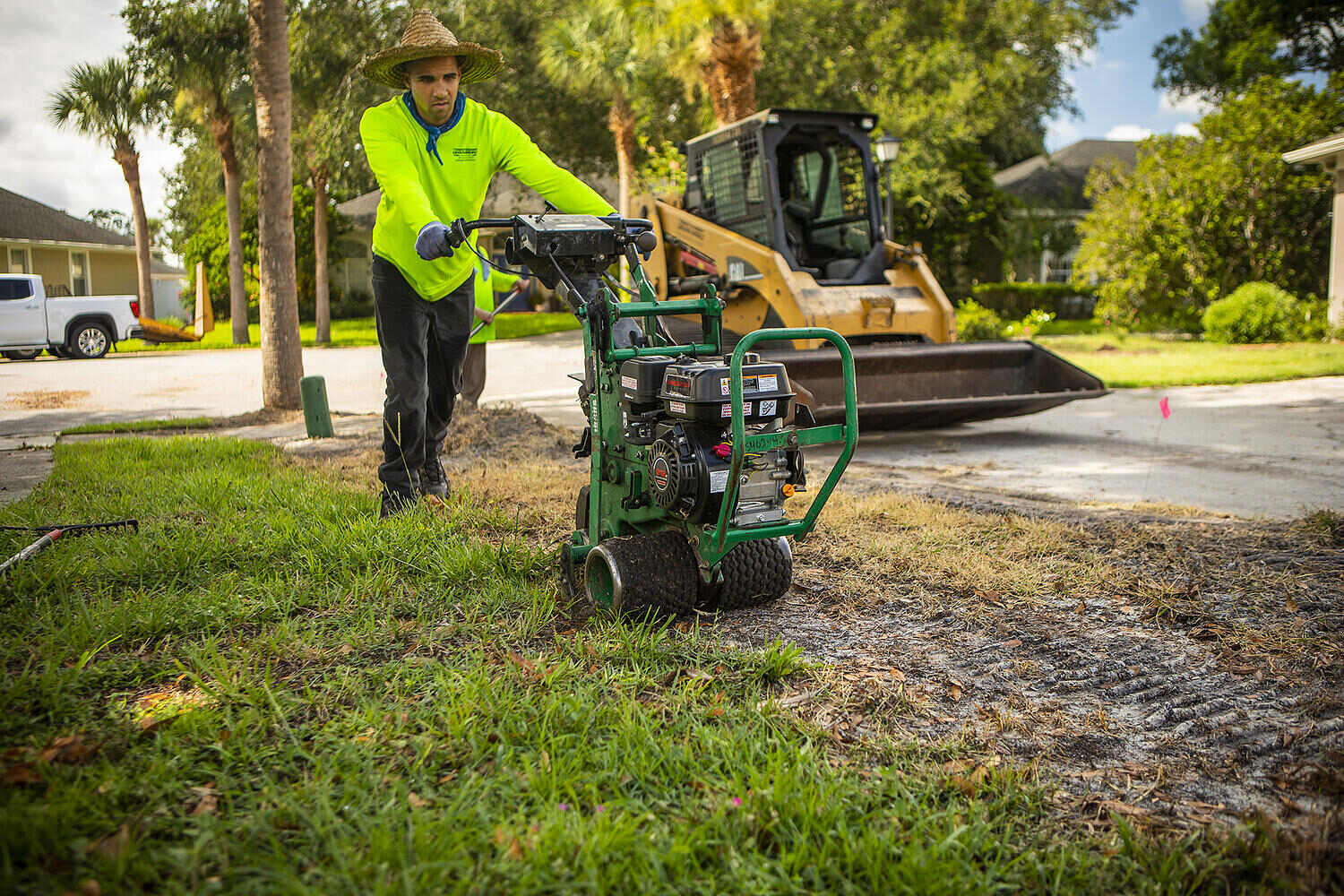

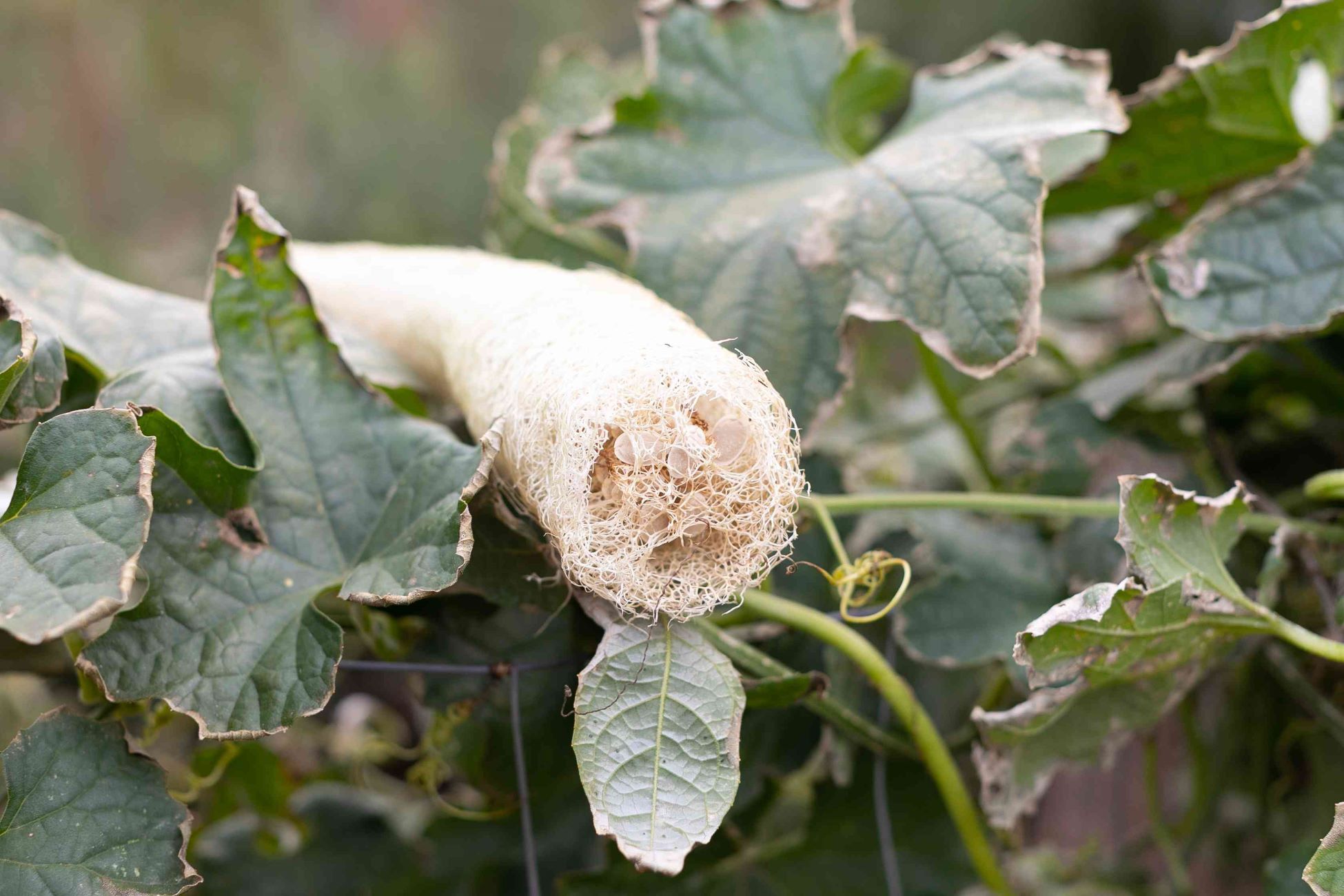
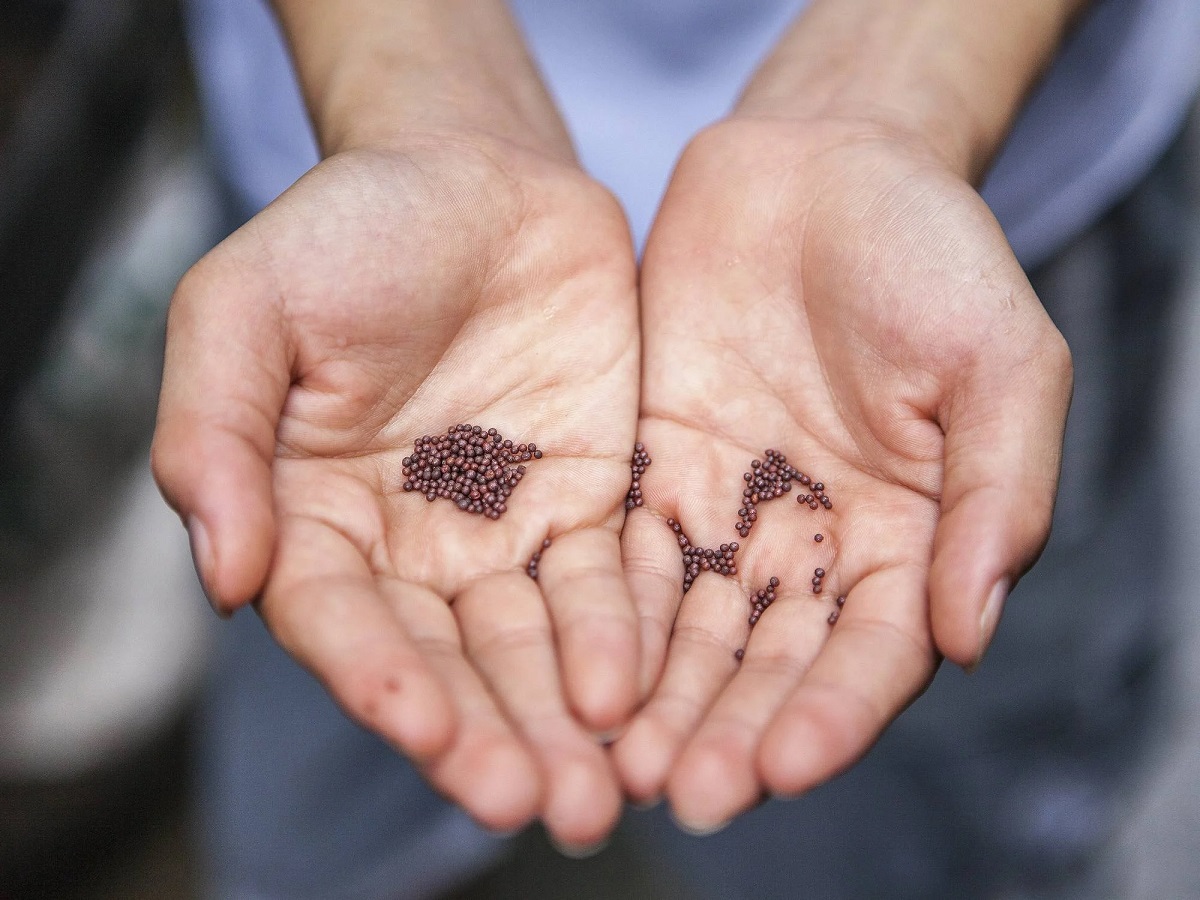
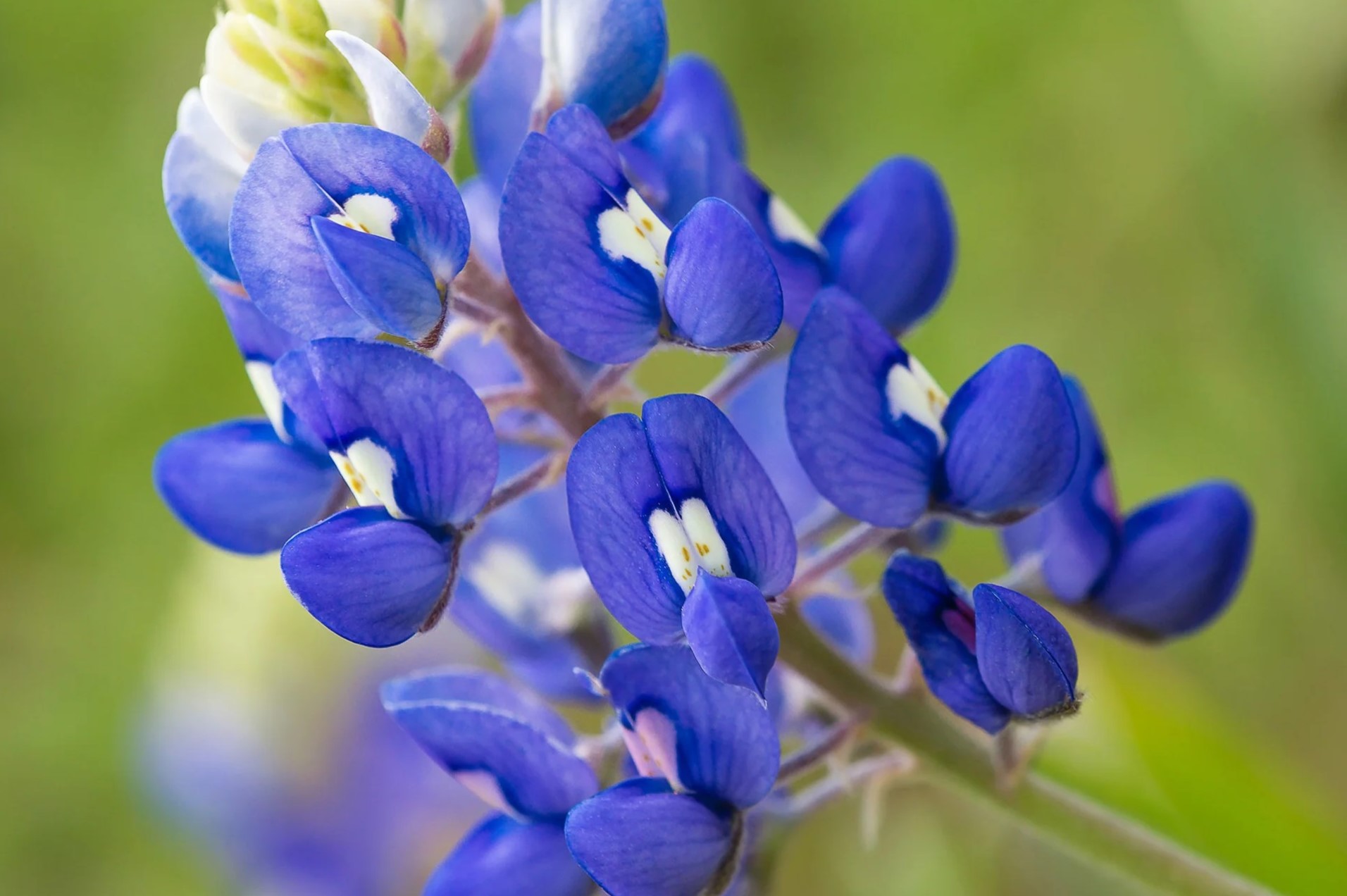
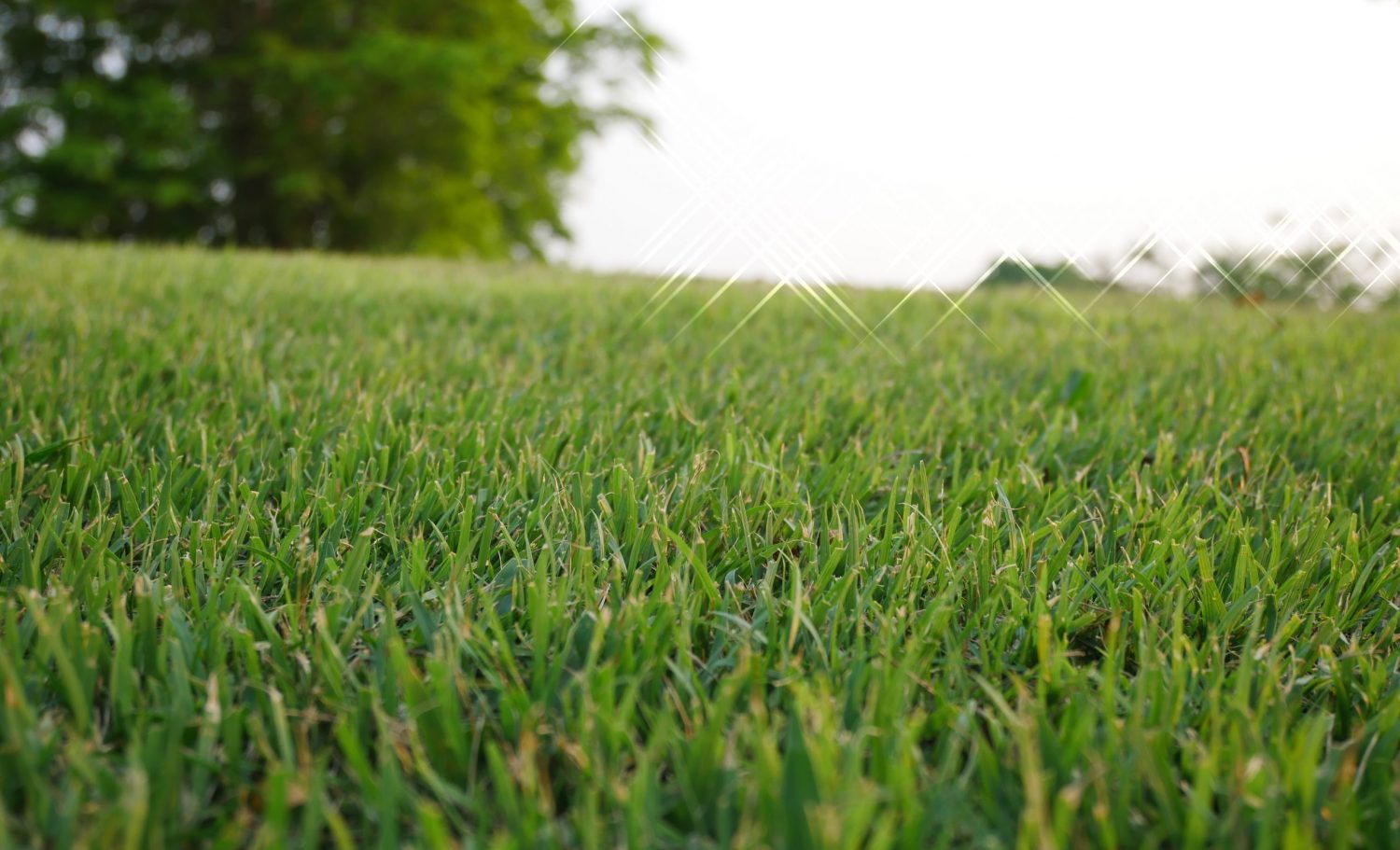


0 thoughts on “When To Plant Loofah In Texas”